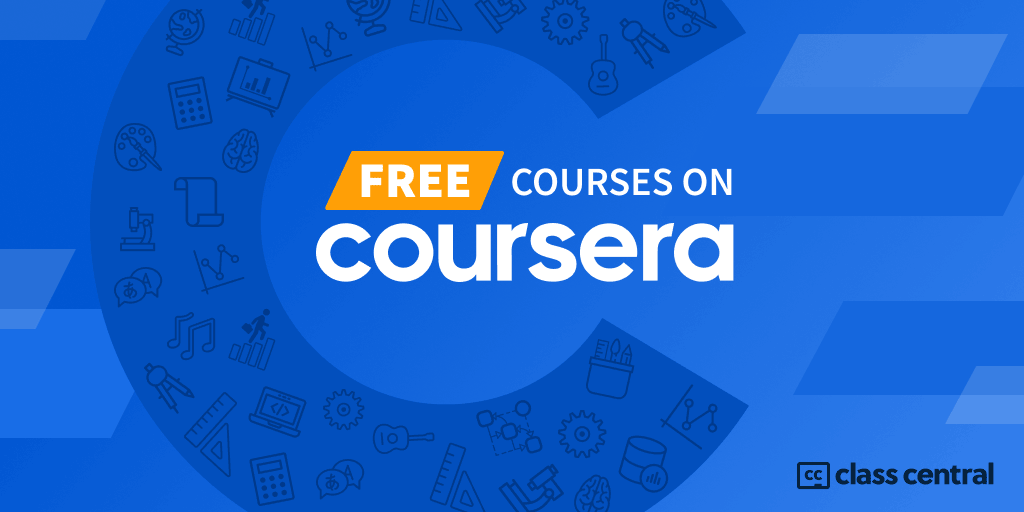This course aims to serve as an education platform on Chinese medicine (CM) for the general public. Our primary goal is to empower healthcare choices by promoting awareness and practical application on CM diagnostic and therapeutic approaches, as well as regulation on CM services and herbal products using international examples.
In the first part of this course, learners will develop skills in applying basic theory of Chinese medicine (CM) for understanding health and illnesses, and be able to compare and contrast views from Chinese and western medicine perspectives. In the second part, learners will be able to diagnose their own CM body constitution, and to apply appropriate CM self-care practice including food therapy, acupressure, Baduanjin and meditation. Learners will also be able to identify commonly used Chinese herbs, and to describe the core principle of acupuncture.
Specific competencies include:
1. State the basic theory of Chinese medicine and compare it with the principle of western medicine.
2. Apply the diagnostic approach of Chinese medicine and describe one’s body constitution.
3. Describe the core principle of Chinese herbs and acupuncture, and to understand their role in promoting health and wellness.
4. Develop self-care plan according to body constitution, using the practice of food therapy, acupressure, and Baduanjin.

